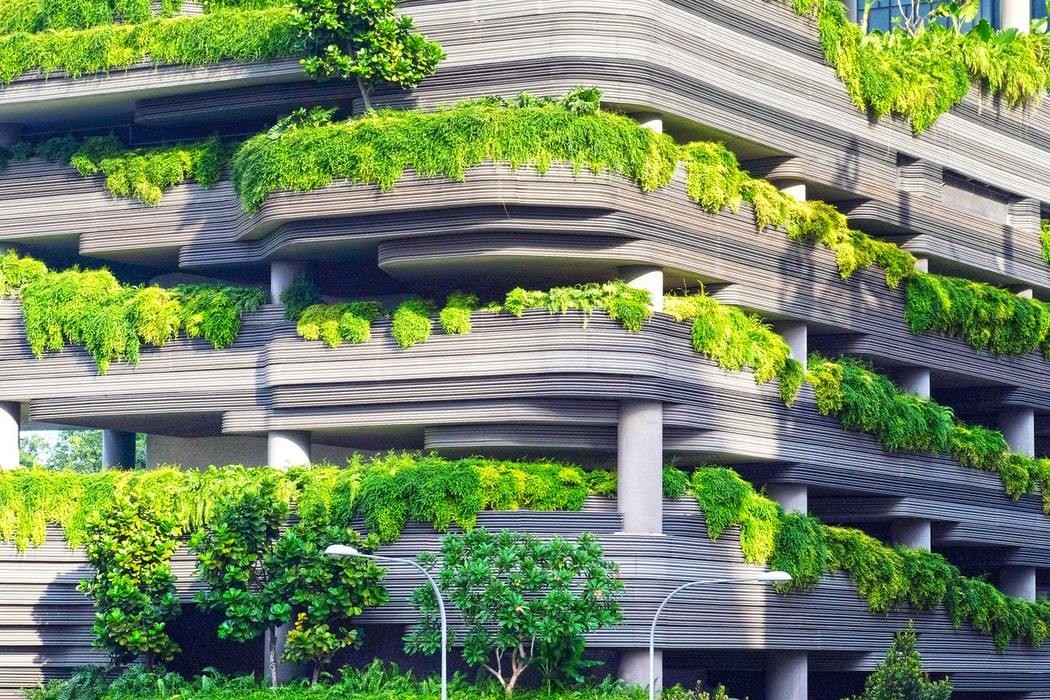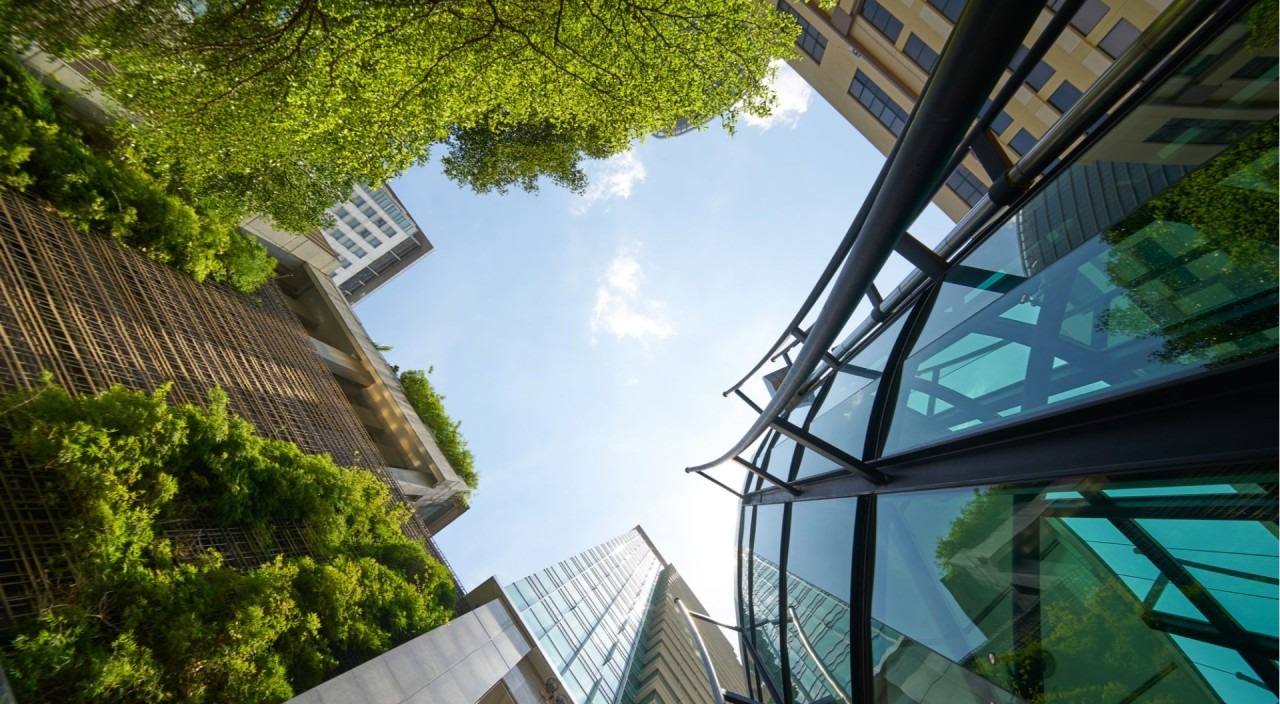A sustainable future for megacities: how urban green initiatives are changing our world
Metropolises around the world continue to grow rapidly, becoming centers of economic activity, innovation and cultural exchange. At the same time, with an increase in population and building density, cities face serious environmental challenges. Many of them have begun to introduce environmental initiatives, recognizing the importance of nature conservation and the need to find a balance between urbanization and sustainable development.
Urban green transformations: how megacities adapt to environmental challenges
One of the key directions in the development of megacities is the introduction of “green” technologies and infrastructure solutions aimed at reducing the carbon footprint and improving the quality of life of city residents. For example, some cities are intensifying the construction of “green” buildings using renewable energy sources and environmentally friendly materials. Architects and engineers develop designs that minimize environmental impact and make efficient use of natural resources.
In addition, many megacities are introducing programs to green urban spaces. Squares, parks and “green roofs” are becoming an integral part of urban infrastructure, creating natural oases in the concrete jungle. These green areas not only improve the city’s microclimate, but also improve the standard of living of its residents by offering space for recreation and sports.
Equally important is the development of public transport systems and the promotion of bicycle use. Many cities are actively developing bike lane networks and introducing bike rental programs, which helps reduce the number of cars on the roads and reduce air pollution.
Ultimately, the efforts of megacities to introduce environmental initiatives are aimed at creating a more comfortable and safe living environment, as well as preserving the environment for future generations. Modern cities, thanks to their innovations, can become examples of how urbanization can be harmoniously combined with concern for nature.

Sustainable development of megacities also requires the active participation of residents in environmental initiatives. It is important that citizens understand their role in preserving the environment and take part in programs to recycle waste, save water and energy, and also take care of the cleanliness of their neighborhoods. Raising environmental awareness and creating conditions for everyone to participate in supporting the environment are important aspects of urban planning.
One of the striking examples of successful environmental reconstruction are projects to revive natural landscapes on the sites of former industrial zones or reservoirs. In some megacities, old industrial areas are being converted into park areas and natural reserves, which not only improves the environmental situation, but also makes cities more attractive for living.
Thus, ecology is becoming an important part of the development strategies of modern megacities. Cities that embrace green innovation not only create better environments for their residents, but also make a significant contribution to the global fight against climate change. It is important that these efforts are supported at all levels – from governments and businesses to every individual citizen, then megacities can become examples of sustainable development for the whole world.
Innovation in Oslo: smart lights and electricity from waste
In the Norwegian capital, more than ten thousand street lights are connected into a single network controlled by a central computer. This system takes into account weather conditions and the needs of local cafes and shops. For lighting, only high-pressure sodium lamps are used, which facilitates maintenance and allows you to adjust the brightness of each lamp. The system also predicts when lamps will require replacement, helping to reduce greenhouse gas emissions.
Oslo has also implemented the “Energy from Waste” program, which allows more than 70% of waste to be recycled, providing the city with heat and energy.
New York is moving away from foam
The official ban on the use of foam packaging came into force on July 1, 2015. The decision was made after it became clear that this material cannot be recycled and takes centuries to decompose. Before the ban, about 30,000 tons of polystyrene foam went into New York City landfills each year.

Innovation in The Hague: Ecological taxis and smart heating for comfort and ecology
The Hague has introduced a fleet of vehicles consisting exclusively of electric vehicles serving as taxis. Passengers can call an eco-friendly taxi by phone or hail one right on the street. It is also possible to take a tourist trip around the city using such a taxi.
In addition, the city administration has an intelligent climate control system. Using underground water, it maintains a comfortable temperature all year round: pipes throughout the building provide heat in winter, and coolness in summer.


